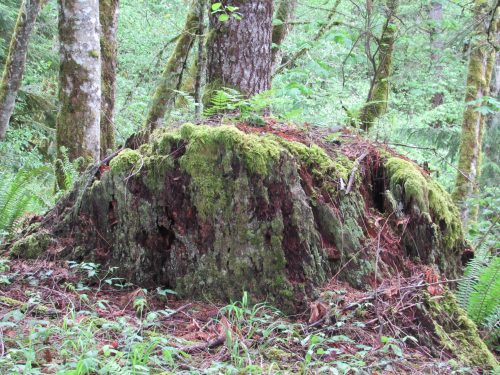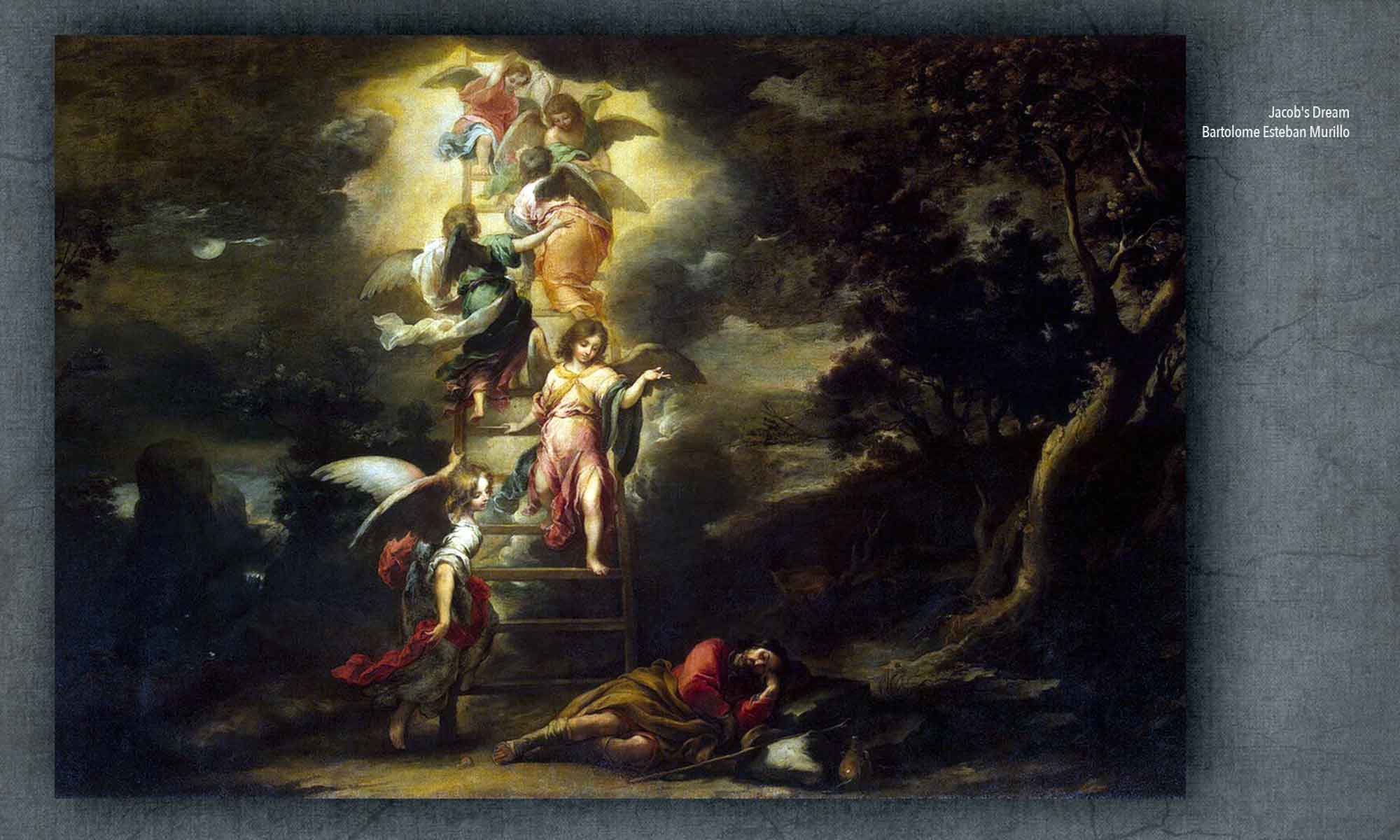 I want the OA to be real. I think maybe it actually is real.
I want the OA to be real. I think maybe it actually is real.
A TV show of rare psychological insight and spiritual audacity (some have called it “bananas” and “bat-shit crazy,” but we’ll get to that), “The OA” reflects the brilliant creative collaboration of co-writers Brit Marling, who plays the eponymous lead character, and Zal Batmanglij, who directs most of the episodes. The second season of this Netflix original focuses directly on dreaming, leading to a revelation in the final moments of the last episode (no spoilers!) that radically alters the metaphysical stakes of the whole story. For anyone interested in dreams, this is truly peak TV.
Even though I have watched the whole series three times now, I am still discovering subtle, beautiful, profoundly intriguing moments in each episode that open up new dimensions of meaning. Several of these moments still echo in mind.
- The OA’s horrible nightmare of drowning….
- Karim’s vertiginous dream of falling….
- Mary, Nina, and the big data dream study: “Listen to the dreamers”….
- Poor Homer’s messy wet dream….
- Eros as fuel for transformation….
- The ancient network of trees….
- Houses, open doors, and new rooms of the mind….
- BBA’s painful education in the use of her innate hermeneutic gifts….
- Hap’s mania for knowledge….
- The enchanting power of stories, and our fear of disillusionment….
The show has many virtues besides being awesomely dreamy. Brit Marling’s performance across the two seasons is staggering in its range and raw emotionality. The sociological portrait of the San Francisco Bay Area is razor sharp (I can attest as someone who once dated a blond girl from Mill Valley), but also deeply sympathetic towards all the characters in their efforts to survive and find meaning in this version of reality. There’s no ironic detachment here, no judgment or malice directed toward even the most awful characters. Everyone is on a journey of discovering who they are, why they are here, and what they need to do right now. This journey is gracefully embodied (the “movements” are a central theme) and tangibly material (battered, beloved cell phones play a big role), yet it’s also metaphysically soaring in the way it initiates the characters into realms leading far beyond life, death, and anything that resembles the normal world according to post-Enlightenment rationality.
Certain developments in the second season brought to my mind a passage from The Varieties of Religious Experience by William James, the pioneering American philosopher and psychologist. This book was based on a series of lectures James gave at the University of Edinburgh in 1901-1902, and in the very first lecture he made a point that he considered essential in the study of religion and spirituality. He warned against “discrediting states of mind for which we have an antipathy,” and he coined the term “medical materialism” to describe misguided efforts to use physiology to debunk religious experiences. “To plead the organic causation of a religious state of mind, then, in refutation of its claim to possess superior spiritual value, is quite illogical and arbitrary,” James said, because all of our beliefs, thoughts, and feelings are conditioned by the workings of our brains and bodies. The key question is not where a religious experience comes from, but where is it going, what does it do? What are its fruits in the world? What effects does it have on the individual and his or her surroundings? Is it life-affirming or life-negating?
Something to ponder as you’re watching the show.
As full disclosure, some time ago I had a conference call with the creative team of “The OA” during their preparations for season 2, and our discussion centered on the topic of dreams. They didn’t have a list of questions to ask, they were just interested in hearing what’s going on in current dream research. I was more than a little star-struck, so I rambled on about the most interesting findings I could think of and how certain artists have had (in my humble opinion) more or less success in accurately conveying to their audiences the deepest mysteries of dreaming experience.
This isn’t the first time I’ve offered advice to people putting together some kind of show or media project on dreams. Whatever else I discuss with these teams, I always feel that I’m basically on my knees, begging them:
Please don’t make dreams look stupid. Please. More people will see a single episode of your show than will read all the books on dreams combined. These people will watch your show, and it will subtly but meaningfully influence how they relate to their own dreams. Please don’t spread misinformation or harmful stereotypes.
With the team from “The OA” I never felt even a whisper of this sentiment. On the contrary, they totally get it. They get it that dreams are portals to other dimensions of ourselves and the cosmos. They get it that artists have a special power to open people’s minds and expand their sense of what’s possible. They get it that this reality, the world in which we are living right now, is in desperate need of reconnecting via dreams and other altered states of consciousness with existential truths we’ve always known but have somehow lost, or had taken away from us.
For some viewers, it’s all just too weird. There are characters, scenes, and interactions that violate any number of typical narrative expectations, which some critics have found confusing and disorienting. The show deeply respects its viewers, but it does ask a lot of them in terms of cognitive flexibility and openness to new experience.
Here’s the OA trying to explain her inter-dimensional travels to a skeptical Karim in the penultimate episode:
“You don’t think I know that sounds insane? That it’s difficult to hear? I’m asking you to imagine that reality is stranger and more complicated than you or I could possibly know. And sometimes we get glimpses of it, in dreams, or in déjà vu, when you feel like what’s happening has happened before well maybe it has, but a little differently, and somewhere else.”
The OA is asking the same of the audience. She is asking for a willingness not just to suspend disbelief for an hour or so, but to banish disbelief entirely, and to open our minds to dreaming, déjà vu, near-death experiences, and a whole host of paranormal phenomena that might seem random, crazy, or trivial from a conventional perspective, but actually offer us precious glimpses of other potential realities and other dimensions of ourselves, dramatically expanding our metaphysical horizons.
That’s as real as it gets.
Note: this post first appeared in Psychology Today, May 24, 2019.
